Can a polydactyl Maine Coon win a CFA cat show?
No, not a CFA show because the CFA breed standard states:
DISQUALIFY: delicate bone structure. Undershot chin, i.e. the front teeth (incisors) of the lower jaw overlapping or projecting beyond the front teeth of the upper jaw when the mouth is closed. Crossed eyes. Kinked tail. Incorrect number of toes. White buttons, white lockets, or white spots. Cats showing evidence of hybridization resulting in the colors chocolate, lavender, or the Himalayan pattern.
But the answer depends where you live and whether you have a cat association registering cat breeds. I have taken the USA because it is the biggest marketplace for purebred cats. The answer depends on the cat associations management and what they allow.
Update December 1st, 2022: I have discovered a study in which Jane Marr which states: " It is hope that by understand this trait the reader will see that the usual trait for polydactyly in cats is harmless and needs to have its rightful place on the show bench.... In summary the usual gene for polydactylism in cats is harmless. The usual form has extra digits on the inside of the front legs as extra dew claws. The trait is inherited as a simple dominant gene with no sex link. Since there could be more than one form of the gene it is recommended that a polydactyl be bred to a non-poly. There are no supporting data to indicate that the gene for polydactyl is lethal even when homozygous." This is a very thorough study.
Polydactylism results in more than the normal number of toes. It is harmless from a health perspective but fatal from a cat show perspective on my reading of the CFA breed standard. In fact, polydactylism is synonymous with the Maine Coon. In other words, the condition is linked to this popular breed of cat.
Note: TICA (a competing cat association) has the same breed standard for a non-polydactyl Maine Coon and a Maine Coon Polydactyl (MCP). It naturally allows for extra toes! This it: MCP: Large, well-tufted. Additional toes allowed on either fore or hind paws or both. Paws may be mitten or patty foot. Symmetrical expression preferred. Maximum of 7 toes on any one foot. So, a polydactyl Maine Coon can win a cat show organised by TICA.
Associated page: Why are Maine Coons polydactyl?
 |
| Very cute Maine Coon kitten. Photo: social media and in the public domain. |
It is interesting too that a delicate bone structure also results in the disqualification of a Maine Coon show cat. This reinforces the need for a Maine Coon to be big and solid. Although the breed standards don't say that Maine Coons have to be large, the most outstanding ones appear to be either large or very large. Both the crossed eyes and kinked tail disqualification defects are most often seen in Siamese cats.
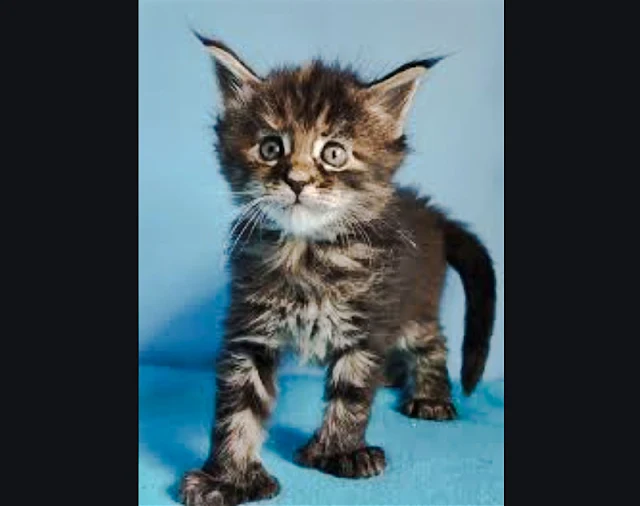 |
| Polydactyl Maine Coon kitten. Pic in public domain. |
In fact, you will find that a good percentage of pointed street cats in Asia have kinked and short tails. The first Siamese cats were imported from Asia to England they had kinked tails and they were full of intestinal worms, indicative of an unhealthy lifestyle that they'd led in Asia.
The kinked tail was ironed out through selective breeding. It is interesting that the Maine Coon can also suffer from a kinked tail otherwise they would not have put this in the breed standard. The kinked tail is usually genetically inherited rather than being caused by an injury. It is a genetic mutation.


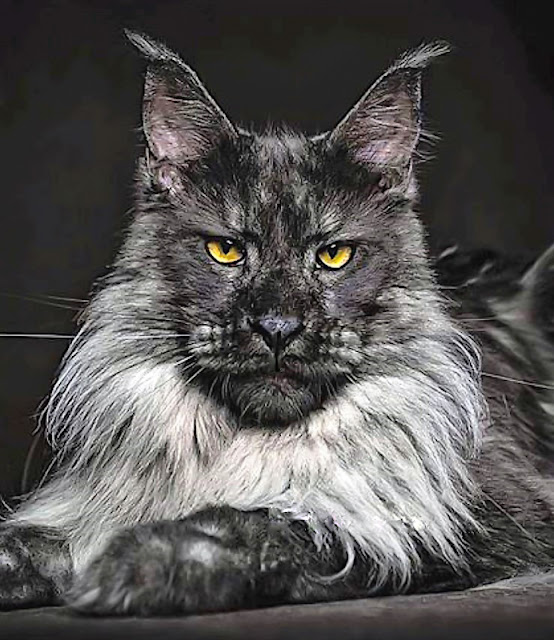



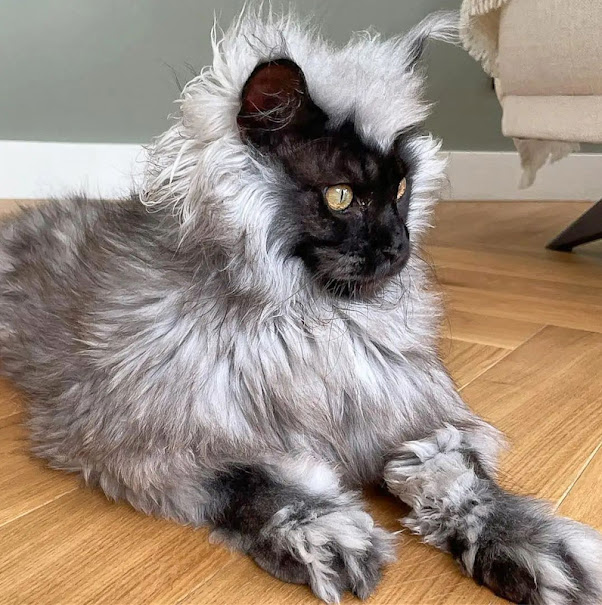

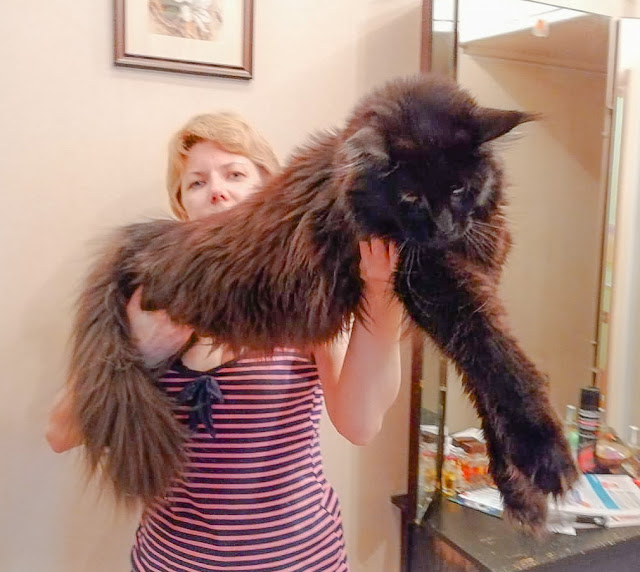
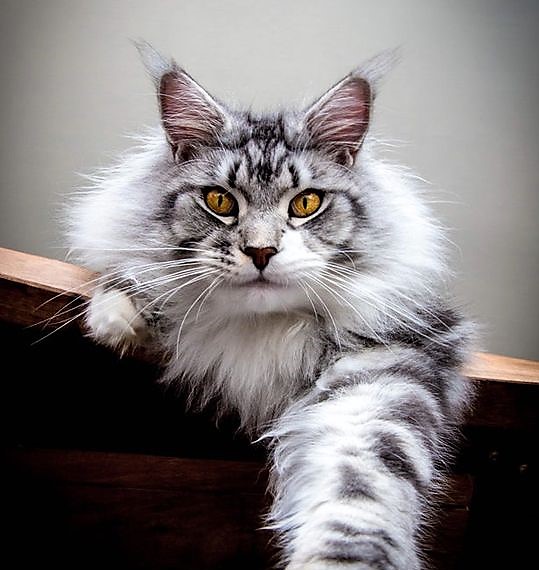
Comments
Post a Comment
Please share your Maine Coon experiences.